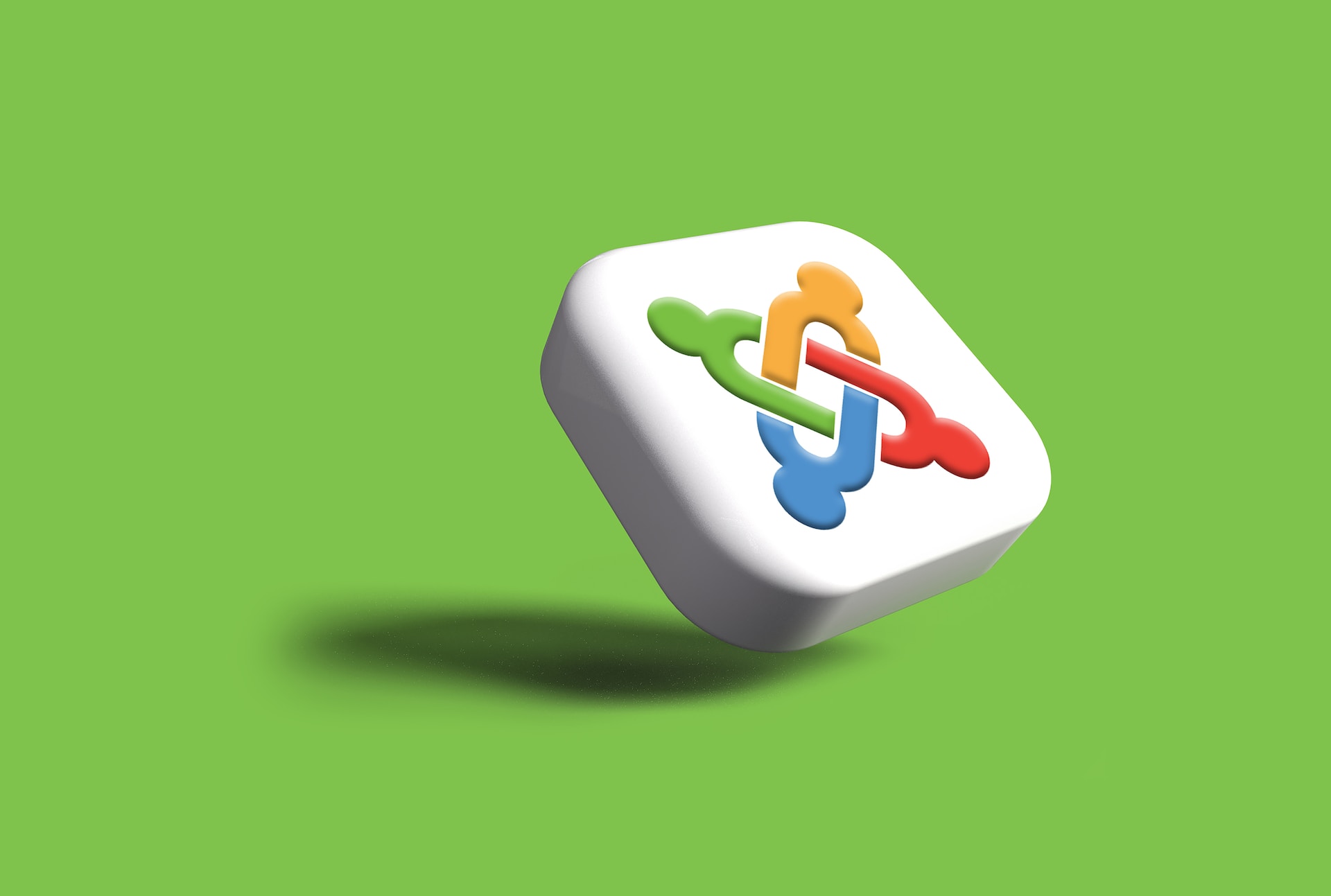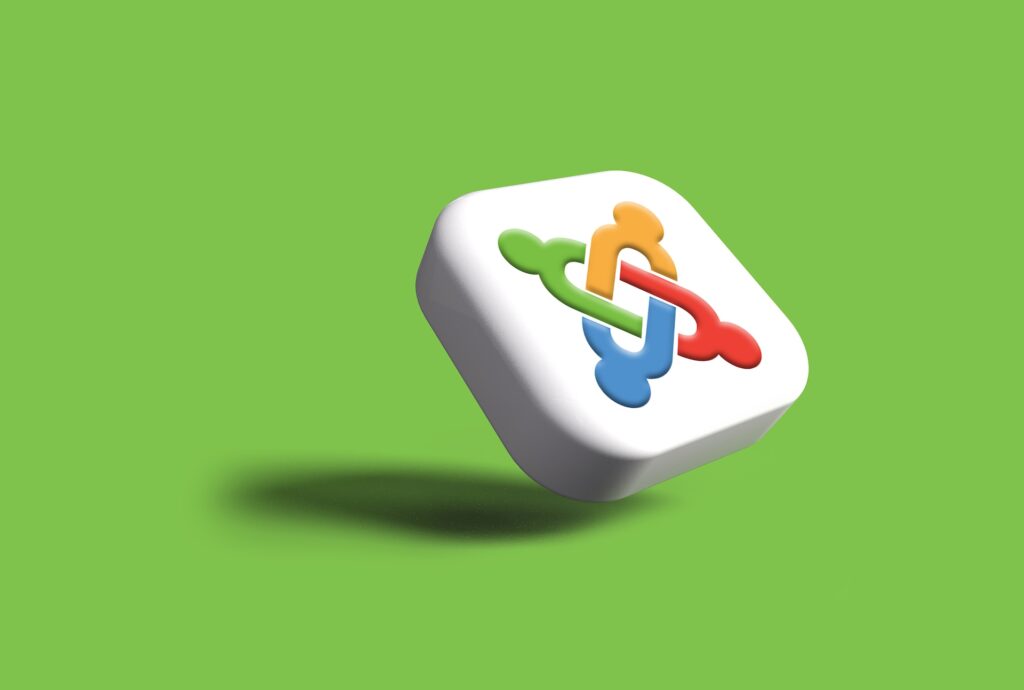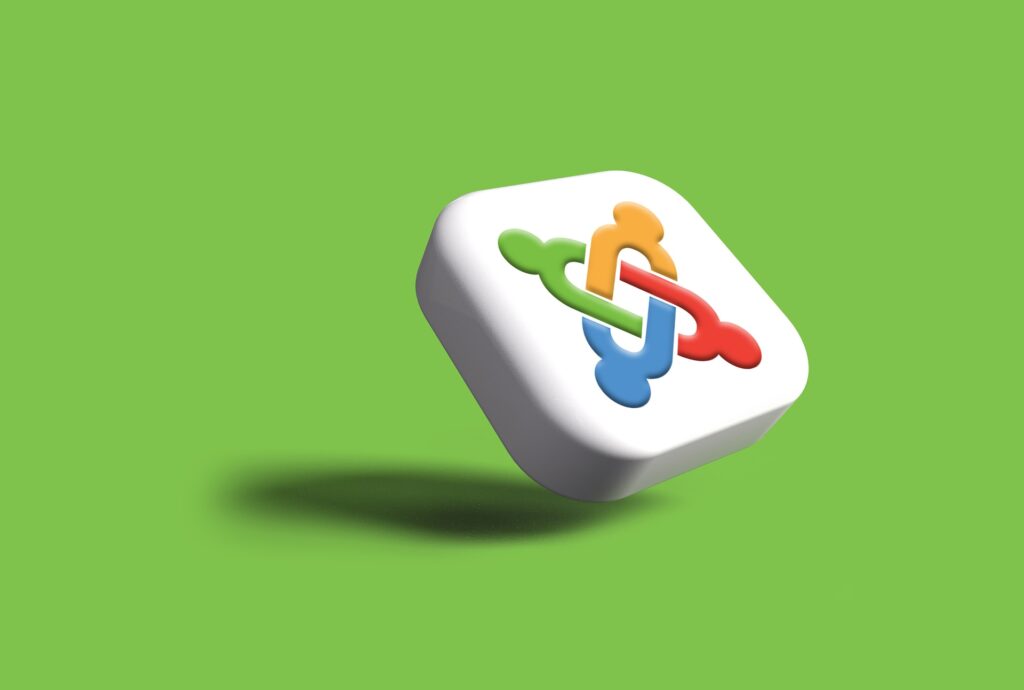
In this article, we’ll learn Joomla CMS Concepts.
Table of Contents
Welcome to the world of Joomla CMS, where your creativity can thrive! Whether you’re a budding web developer, a design enthusiast, or a content creator, Joomla provides an exciting platform to bring your ideas to life.
We’ll explore the fundamental Joomla CMS concepts in a friendly and accessible way.
By the end of this article, you’ll have a solid understanding of Joomla’s architecture, extensions, templates, and content management features, setting you on the path to crafting remarkable websites with ease.
Joomla CMS Concepts
Here Are important Joomla cms concepts that Every Beginner Should Know. Let’s Begin With Extension. ‘Extension’ in Joomla terms means anything you can install (unless it’s a Package, which is a group of Extensions).
These things all fall under the category of extensions:
- Templates
- Components
- Modules
- Plugins
- Language packs
Components
Components are like apps. They add whole new functionality and often come with other things (like modules) to help you get the most of their features.
One of the Joomla cms concepts is the use of components. Components are self-contained modules that provide specific functionality, such as a blog, a forum, or an e-commerce store.
Components can be installed and uninstalled as needed, making it easy to customize your Joomla site to meet your specific needs.
Modules
Modules are just little boxes you place around your site. Each one does a different thing and you can have multiple copies of the same type of module, all on the same page, or on different pages.
For example, every menu appearing on your front end is actually being wrapped in a module (of type Menu) that presents the menu. You can put arbitrary text into a module using the Custom HTML module type.
There are lots of these, and as I mentioned, each component often adds at least one, because the new feature added by the component calls for little boxes.
Any module can be assigned to one or more pages by using the Menu Item Assignment area in each module’s editor page. One of the Joomla cms concepts is the use of modules.
Plugin
Plugin in Joomla is a simple way of “hooking” into events and changing the functionality of an event, even though that might sound complicated, it’s not really.
Imagine that you had a Plugin that “hooked” into the event Joomla “triggers” when for example an article is displayed, I have previously written a plugin that replaced various placeholders inside of curly braces ( Example: {username} ) with relevant information about a user.
There are several types of plugins, some of the most popular are Content plugins, which do what I wrote about above, it hooks into articles and various other “content” and change or manipulates it to replace or insert new content.
The template
It is a type of Joomla! extension that changes the way your site looks. There are two types of templates used by the Joomla! CMS: Front-end Templates and Back-end Templates.
Another important Joomla cms concepts is the use of templates.
The Front-end Template controls the way your website is presented to the user viewing the website’s content.
The Back-end Template controls the way your website’s administrative tasks are presented for controlling management functions by a Joomla! Administrator.
These would include common tasks such as user, menu, article, category, module, component, plugin, and template management.
Language packs
Language Packs are extensions that provide translations for the Joomla! system. Joomla! 1.5 and higher supports a full translateable site and administrator interface.
Because of this, there are two major types of language packs, ones for the site and ones for the administrator, with Joomla! 1.5.4 and higher supporting language packs with both the site and administrator in one pack.
Joomla also supports a wide range of extensions, which are add-ons that can be installed to add new features or functionality to your site. Extensions can be found in the Joomla Extensions Directory, and there are also many third-party extension developers.
Joomla is a powerful and versatile CMS that can be used to create a wide variety of websites. By understanding the Joomla cms concepts, you can create a site that is both functional and visually appealing.
Conclusion:
Congratulations on unlocking the world of Joomla CMS! Armed with a friendly understanding of Joomla cms concepts, you’re ready to embark on a creative journey, building exceptional websites and captivating your audience.
Remember, Joomla is your trusty companion, offering flexibility, extensive extensions, customizable templates, and efficient content management tools.
So, let your imagination run wild, unleash your creativity, and let Joomla be the platform that turns your visions into reality. Happy Joomla-ing and have a blast crafting your online masterpieces!


Great information.Thank you so much.